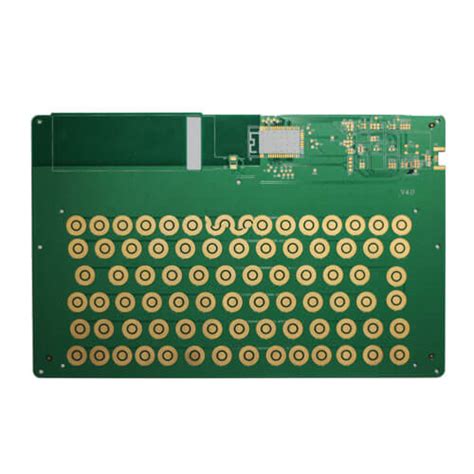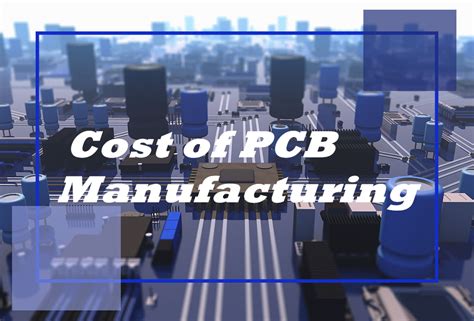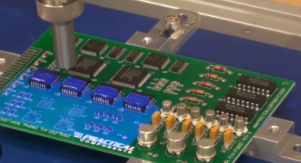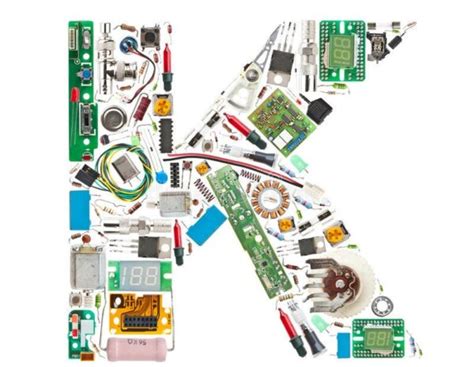Reflow Soldering in PCB Assembly: Process, Techniques, and Best Practices
Introduction
Reflow soldering is a critical process in the assembly of printed circuit boards (PCBs), widely used in surface-mount technology (SMT) to attach electronic components to PCBs. This method involves applying solder paste, placing components, and heating the assembly in a controlled manner to form reliable electrical and mechanical connections. Due to its precision, efficiency, and scalability, reflow soldering has become the dominant soldering technique in modern electronics manufacturing.
This article explores the reflow soldering process, key parameters, equipment, common challenges, and best practices for achieving high-quality solder joints.
1. The Reflow Soldering Process
The reflow soldering process consists of several stages, each crucial for ensuring proper solder joint formation:
1.1 Solder Paste Application
Before component placement, solder paste—a mixture of tiny solder particles and flux—is deposited onto PCB pads using a stencil printer. The stencil ensures precise application, matching the PCB’s pad layout. Proper paste viscosity and alignment are essential to prevent defects like bridging or insufficient solder.
1.2 Component Placement
Surface-mount devices (SMDs) are placed onto the solder paste using pick-and-place machines or manual methods for prototyping. Accurate placement is critical to avoid misalignment, tombstoning, or skewed components.
1.3 Reflow Profile Heating
The PCB then enters a reflow oven, where it undergoes a carefully controlled temperature profile with four main phases:
- Preheat (Ramp-Up)
- Gradual temperature increase to activate flux and evaporate solvents.
- Typical ramp rate: 1-3°C per second to prevent thermal shock.
- Soak (Pre-Reflow)
- Stabilizes temperature to ensure uniform heating across the PCB.
- Flux removes oxides from metal surfaces, preparing them for soldering.
- Duration: 60-120 seconds at 150-180°C.
- Reflow (Peak Temperature)
- Temperature exceeds the solder’s melting point (typically 217-250°C for lead-free solder).
- Solder particles melt, forming intermetallic bonds with component leads and PCB pads.
- Time above liquidus (TAL): 30-90 seconds to ensure proper wetting.
- Cooling
- Controlled cooling solidifies solder joints, preventing cracks or brittle connections.
- Optimal rate: 1-4°C per second to avoid thermal stress.
1.4 Inspection and Testing
After reflow, PCBs undergo visual inspection, automated optical inspection (AOI), or X-ray inspection to detect defects like:
- Solder bridges (unintended connections)
- Cold joints (insufficient heating)
- Voiding (gas bubbles trapped in solder)
- Component misalignment
2. Types of Reflow Soldering Systems
Different reflow soldering systems cater to varying production needs:
2.1 Convection Reflow Ovens
- Use heated air to transfer heat uniformly.
- Suitable for high-volume production.
- Can be divided into infrared (IR) and forced convection ovens.
2.2 Vapor Phase Reflow Soldering
- Uses a heat-transfer fluid (e.g., Galden) that vaporizes at a set temperature.
- Provides precise temperature control, ideal for sensitive components.
2.3 Laser Reflow Soldering
- Focused laser beams selectively heat solder joints.
- Used for high-precision or rework applications.
2.4 Induction Reflow Soldering
- Induces heat via electromagnetic fields.
- Fast and energy-efficient but less common in mass production.
3. Key Parameters Affecting Reflow Qualit
Several factors influence reflow soldering success:
3.1 Temperature Profile Optimization
- Must match solder paste specifications (e.g., SnPb vs. lead-free SAC305).
- Excessive peak temperatures can damage components or PCB substrates.
3.2 Solder Paste Selection
- Alloy composition (e.g., Sn63Pb37, SAC305).
- Particle size (Type 3-5 for fine-pitch components).
- Flux type (no-clean, water-soluble, or rosin-based).
3.3 PCB Design Considerations
- Pad geometry and solder mask alignment affect wetting.
- Thermal mass differences can cause uneven heating.
3.4 Component Sensitivity
- Moisture-sensitive devices (MSDs) may require pre-baking.
- Small passives (0201, 01005) need precise paste volume control.
4. Common Defects and Solutions
| Defect | Cause | Solution |
|---|---|---|
| Solder Bridging | Excessive paste or misalignment | Adjust stencil design, reduce paste volume |
| Tombstoning | Uneven heating or pad imbalance | Optimize pad symmetry, adjust reflow profile |
| Voiding | Flux outgassing or contamination | Use low-voiding paste, improve preheat |
| Cold Joints | Insufficient peak temperature | Increase reflow zone temperature |
| Head-in-Pillow | Poor wetting or oxidation | Ensure proper flux activity, reduce oxidation |
5. Best Practices for Reliable Reflow Soldering
- Profile Development
- Use thermocouples to verify oven temperature uniformity.
- Adjust profiles based on PCB thickness and component density.
- Stencil Design Optimization
- Aperture size should match pad dimensions (e.g., 1:1 ratio for standard components).
- Nano-coatings can improve paste release.
- Moisture Control
- Store PCBs and components in dry environments (<5% RH for MSDs).
- Process Monitoring
- Implement statistical process control (SPC) for consistent results.
- Regularly inspect solder paste deposition and oven performance.
- Lead-Free Considerations
- Higher melting points require tighter process control.
- Use nitrogen (N₂) atmospheres to reduce oxidation.
6. Future Trends in Reflow Soldering
- Low-Temperature Solder Alloys (e.g., SnBi) for flexible electronics.
- AI-Driven Process Optimization for defect prediction.
- Environmentally Friendly Fluxes to meet regulatory standards.
Conclusion
Reflow soldering is a cornerstone of PCB assembly, enabling high-speed, high-reliability manufacturing of modern electronics. By understanding the process parameters, equipment options, and defect prevention strategies, manufacturers can achieve consistent, high-quality solder joints. As technology evolves, advancements in materials, automation, and process control will further enhance reflow soldering efficiency and reliability.
By adhering to best practices and continuously optimizing the reflow profile, engineers can ensure robust PCB assemblies that meet the demands of next-generation electronic devices.






